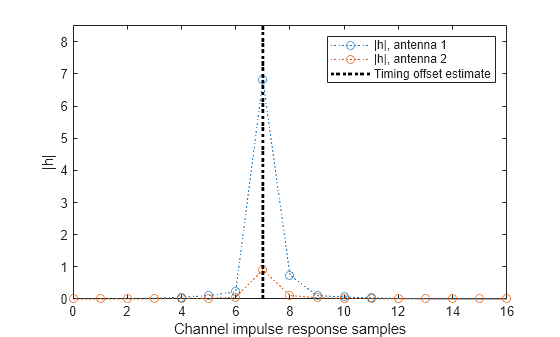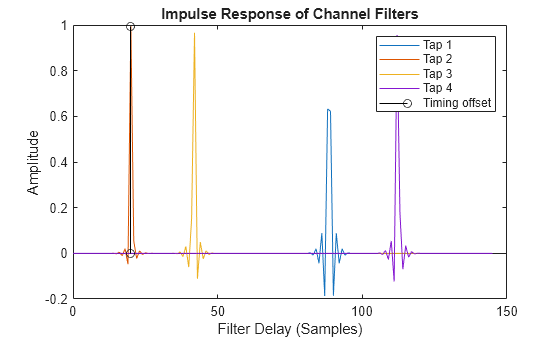getPathFilters
Get path filter impulse response for link-level MIMO channel
Description
pathFilters = getPathFilters(channel)channel. Specify the channel as an nrCDLChannel, nrTDLChannel, or nrHSTChannel
System object™. Use pathFilters together with the
pathGains output argument returned by the channel object to reconstruct
a perfect channel estimate.
Note
When
channelis annrHSTChannelSystem object with HST-SFN channel profile, the path filters are time-varying and depend on the state of the channel. In this case, the returned path filters always relate to the last call of the channel object. For all other channels, the path filters do not change with the channel object call.
Examples
Input Arguments
Output Arguments
References
[1] 3GPP TR 38.901. “Study on channel model for frequencies from 0.5 to 100 GHz.” 3rd Generation Partnership Project; Technical Specification Group Radio Access Network.
[2] 3GPP TS 38.101-4. “NR; User Equipment (UE) radio transmission and reception; Part 4: Performance requirements.” 3rd Generation Partnership Project; Technical Specification Group Radio Access Network.

